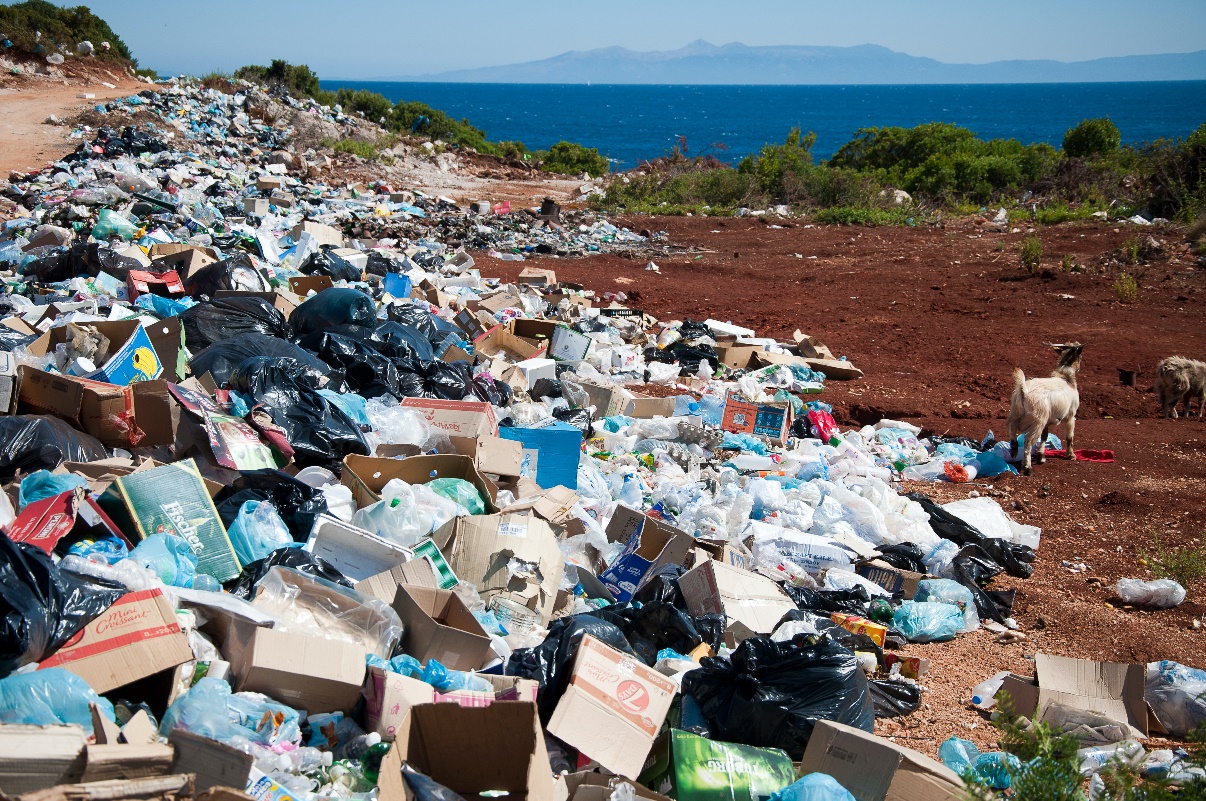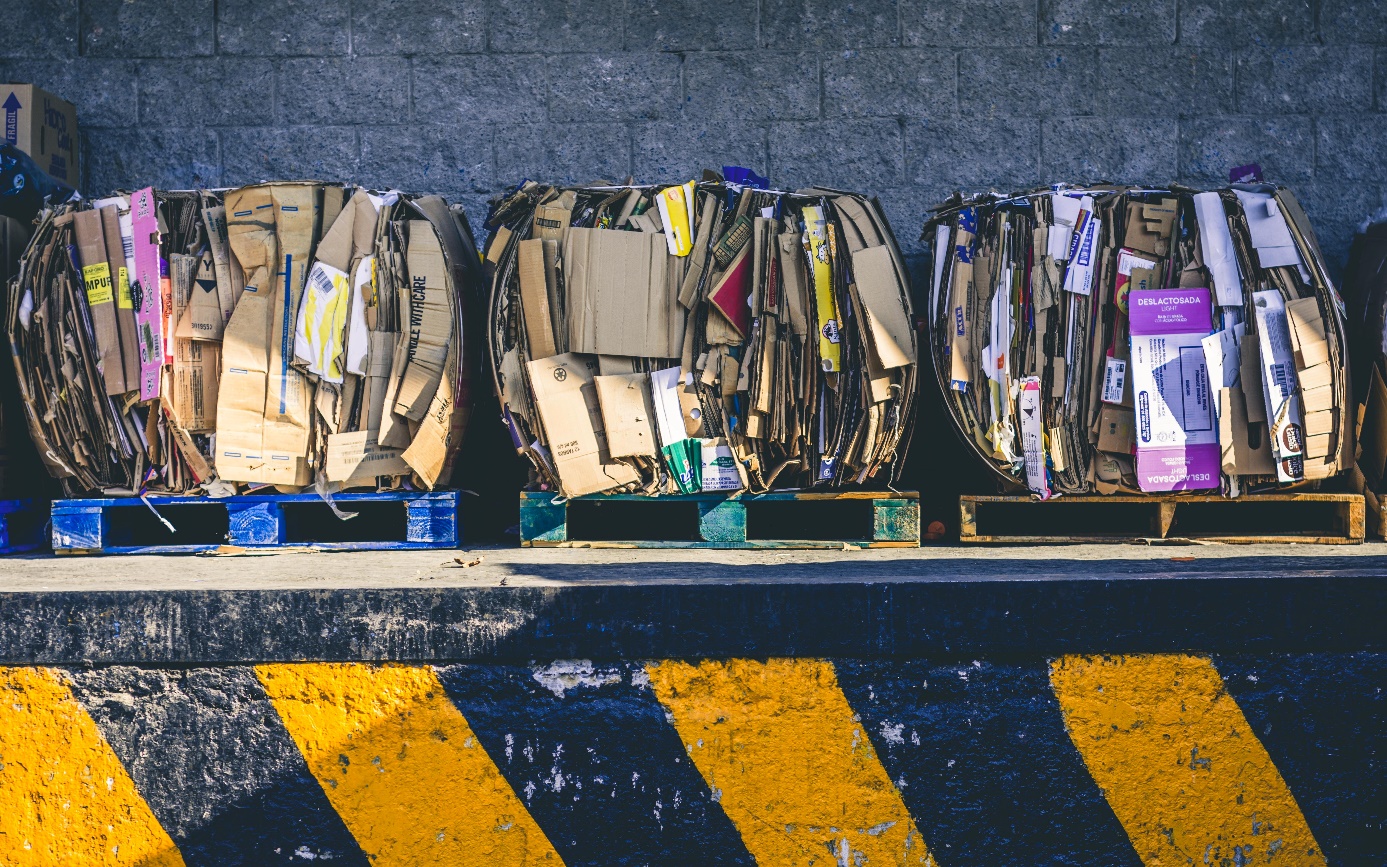Innovazione, economia circolare nel modello di business per lo sviluppo sostenibile
Secondo gli obiettivi della CE presentati il 2 dicembre 2015, relativi alla realizzazione di un’economia circolare, entro il 2030 si prevede di raggiungere il livello del 65% nel campo del riciclaggio dei rifiuti urbani e del 75% nel campo del riciclaggio dei rifiuti di imballaggio. Il flusso di rifiuti destinati alla discarica dovrà essere ridotto al 10% entro il 2030. Ci sarà anche un divieto di stoccaggio dei rifiuti differenziati. Per questo motivo, sempre più aziende cercano le soluzioni innovative per una gestione razionale dei rifiuti.
La chiave del successo e del vantaggio competitivo sostenibile in questo campo è lo sfruttamento “intelligente” dei materiali riciclati per far sì che i rifiuti, se vengono generati, acquisiscano un rango completamente nuovo, diventando una materia prima del XXI secolo. Ingenti investimenti delle aziende in nuove tecnologie e soluzioni non standard porterebbero alla completa eliminazione del concetto di “fine vita del prodotto”. Un prodotto apparentemente usato può ottenere una seconda vita, ottenendo un nuovo e praticamente infinito scopo. Pertanto, uno dei presupposti chiave dell’economia circolare dovrebbe essere quello di ricercare quei metodi di riciclaggio che offrono all’azienda le maggiori opportunità di trasformazione in risposta alle diverse esigenze e capacità dell’azienda stessa – integrati al 100% con la strategia e gli obiettivi dell’azienda [10].
L’economia circolare impone dei cambiamenti non solo nell’azione e nell’approccio, ma soprattutto nel modo di pensare le proprie attività e le iniziative prese all’interno della catena di approvvigionamento. A livello delle economie nazionali o regionali, il tema dell’economia circolare è in gran parte associato alla necessità di definire approcci, ipotesi, strategie e politiche. La vera sfida riguarda le imprese che sono costrette dalle nuove tendenze e dalle aspettative dei consumatori a mostrare soluzioni, modelli e percorsi di azione specifici.
Il sistema più flessibile di trattamento dei rifiuti e il loro successivo utilizzo per specifici obiettivi aziendali include l’upcycling, il downcycling e infine il brand upcycling.

Fonte: https://unsplash.com/photos/7_TSzqJms4w
L’upcycling è attualmente uno dei metodi più interessanti per la gestione dei rifiuti prodotti dalle aziende. Si tratta di un processo di riciclaggio creativo, che consiste nell’aggiungere un valore superiore a oggetti e materiali apparentemente usati, trasformandoli in prodotti estetici, funzionali e di assoluto valore.
Nell’economia lineare, qualsiasi prodotto che ha perso la sua attrattiva e funzionalità originale diventa obsoleto e inutile nonostante sia ancora utilizzabile. L’upcycling cambia questo pensiero. Grazie ad attività come il rebuilding, la decostruzione, cioè la scomposizione in elementi, e poi la trasformazione, cioè la riprogettazione per dare una nuova forma estetica e funzionale. L’upcycling è una forma di espressione artistica. Il rifiuto lavorato non solo acquista valore, ma diventa anche unico e particolare. Con un po’ di immaginazione, si può realizzare quasi tutto con i rifiuti – oggetti d’arredamento, mobili, vestiti o oggetti quotidiani. Un esempio perfetto di upcycling è, per esempio, la conversione degli europallet in mobili. A volte viene definito riciclaggio 2.0. [11]
Quasi ogni cosa può essere creata in questo modo. L’unico limite è la nostra immaginazione. L’upcycling dei prodotti è un esempio di questo, dove materiali apparentemente inutili vengono utilizzati per creare bellissimi elementi di interior design per uffici, materiali promozionali aziendali e gadget per conferenze, premi nei concorsi organizzati dall’azienda, regali per dipendenti e clienti dell’azienda, o anche espositori di stand fieristici o zone ecologiche in eventi aziendali. Il processo di upcycling ha un indubbio potenziale pubblicitario. Coinvolge i consumatori, a cui è molto vicino, in attività avviate dalle aziende per migliorare l’ambiente [12].
Esempi di prodotti realizzati con l’uso dell’upcycling si possono trovare su Internet.

Fonte: https://unsplash.com/photos/JuWTGYVC5UI
L’ideatore del marchio Dekoeko ha sviluppato una metodologia chiamata Brand Upcycling. Si tratta di aggiungere un valore superiore al marchio attivando l’upcycling ecologico dell’azienda nei suoi vari dipartimenti. I vantaggi di utilizzare questo tipo di soluzione sono numerosi. Prima di tutto, l’azienda entra nel percorso dell’economia circolare basandosi su ciò che ha già, cioè i rifiuti che genera. Inoltre, creando prodotti basati su di essi, riduce la dipendenza da risorse naturali sempre più ridotte, utilizzando solo le risorse disponibili. Allo stesso tempo, il valore del prodotto aumenta e il suo ciclo di vita è molto più lungo. Con la creazione di nuovi prodotti di upcycling, l’azienda espande definitivamente la scala delle sue operazioni raggiungendo e attirando una nuova categoria di consumatori attenti alle questioni ambientali, entrando in nicchie di mercato precedentemente non accessibili, e creando nuove soluzioni di business più ottimali in termini di recupero dei rifiuti in vari settori dell’azienda.
L’esatto opposto dell’upcycling è il già citato downcycling. Si verifica quando, elaborando il materiale, si ottiene qualcosa di minor valore. In effetti, quasi ogni tipo di riciclaggio industriale è downcycling. Poche cose possono essere lavorate all’infinito senza perdere il loro valore. Prendiamo come esempio il riciclaggio della carta. Anche se si butta la carta di altissima qualità nella spazzatura, dopo averla processata da carta straccia a un’altra carta fino a 8 volte, le fibre di cellulosa saranno abbastanza corte da poterne fare al massimo del cartone. È simile con la plastica, e la plastica di peggiore qualità può essere lavorata solo una volta! Ci sono esempi di materiali che possono essere riciclati all’infinito? Ci sono – tale materiale è l’alluminio e altri metalli.
Quindi, nonostante il fatto che il riciclaggio sia un’ottima forma di miglioramento della situazione ecologica nel mondo, si dovrebbero cercare e applicare metodi che aiutino a ridurre ulteriormente la quantità di rifiuti e allo stesso tempo aiutino l’ambiente. L’upcycling è un metodo che serve a questo.

Fonte: https://unsplash.com/photos/nBHT1k1nHfc
Un altro sistema che consente la libera introduzione di un’economia circolare nelle aziende è l’innovativa tecnologia di trattamento meccanico-termico RotoSTERIL, sviluppata da Bioelektra Group S.A. Essa permette di riutilizzare fino al 96% dei rifiuti urbani misti. La tecnologia si applica negli impianti di trattamento. Si basa su una combinazione di sterilizzazione e selezione meccanica e non richiede il ricorso a complicati sistemi di segregazione come nel caso del riciclaggio, dove viene trattato solo il 20% del totale dei rifiuti.
In questo caso, si ottengono risultati anche con la più elementare raccolta di rifiuti, in un solo contenitore. I rifiuti misti vengono trasformati in materie prime grazie alla segregazione automatizzata e molto precisa dei rifiuti sterilizzati e secchi. In questo modo, la tecnologia è in grado di ridurre al minimo la dispersione dei rifiuti, e la maggior parte del materiale – anche il 96% – può essere reimpiegato a livello economico.
La tecnologia RotoSTERIL è caratterizzata da un’alta efficienza economica. I ricavi sono ottenuti dalla vendita delle frazioni di materie prime separate e della biomassa. Allo stesso tempo, sono eliminati i costi di smaltimento dei rifiuti. L’innovazione di questa soluzione consiste nei seguenti fattori: riciclaggio a livello del 65% (vengono recuperate diverse materie prime secondarie: vetro, plastica, metalli ferrosi, alluminio, biomassa utilizzata come substrato per materiali da costruzione o come agente di miglioramento del suolo), nessun odore, smaltimento in discarica ridotto al 4%, raccolta semplificata dei rifiuti.
I benefici ambientali che ne derivano sono enormi: nessuna emissione nell’ambiente – nessuna sostanza nociva viene scaricata nell’acqua, nel suolo o nell’aria, riduzione delle emissioni di gas serra, nessun odore dal trattamento dei rifiuti, il che riduce al minimo il rischio di conflitto con le comunità che vivono nelle vicinanze dell’impianto, e quasi nessuno stoccaggio dei rifiuti (stoccaggio fino al 4% dei rifiuti sicuri post-processo) e ritorno all’economia di oltre il 65% dei rifiuti come materie prime.

Fonte: https://unsplash.com/photos/qph7tJfcDys
Le innovazioni nell’economia circolare si focalizzano sempre più spesso sullo sviluppo di metodi di recupero di singoli tipi di materie prime estremamente circoscritti, come la cellulosa, il biogas o il fosforo.
Le attività legate al recupero della cellulosa sono attualmente una delle principali attività riguardanti questo argomento. Nel trattamento delle acque reflue, le fibre di carta vengono separate e riutilizzate, principalmente nell’edilizia. I granuli di carta igienica riciclata possono essere lavorati, adeguatamente trattati e, come risultato, si ottiene una materia prima che funzioni bene, per esempio, nel settore delle strade.
Questa descrizione non è il solo impiego sperimentale e praticabile della fibra di cellulosa recuperata. Strade in carta riciclata possono essere trovate facilmente nella provincia della Frisia. Esiste anche un parcheggio pavimentato allo zoo locale per i bambini.
In generale, lo smaltimento delle impurità contenute nella cellulosa è molto costoso. Il processo di riutilizzo come materia prima nell’industria delle costruzioni permette di ridurre significativamente questo costo, grazie alla possibilità di implementare i risparmi in altre aree, su altri materiali. Anche il pianeta ci guadagna – grazie a un approccio assolutamente ecologico al problema. Questo metodo è molto diffuso nei Paesi Bassi.
Il gas naturale è una materia prima le cui risorse sono attualmente esaurite. Perciò si stanno cercando altre risorse che possano sostituirlo, mantenendo tutte le proprietà necessarie. Questo “qualcosa” potrebbe essere il biogas dal trattamento delle acque reflue.
Questa soluzione è adottata, tra l’altro, negli Stati Uniti e in Germania. Il concetto originale di BioCat permette di trasformare i residui del trattamento delle acque in biogas, dal quale vengono separati idrogeno e acqua nel processo di elettrolisi. In questo modo, si ottiene energia ecologica che può essere efficacemente utilizzata per altri scopi.
In occasione dell’elettrolisi, si può ottenere anche un altro elemento utile: il calore. Durante il processo di biometanizzazione per decomporre il biogas, si genera aria calda, che può essere utilizzata, per esempio, per riscaldare il fango nelle fasi iniziali della fermentazione.
L’eliminazione del fosforo dall’acqua, che è considerato un inquinante per i bacini, si rivela anche vantaggioso nell’economia circolare. È un ottimo materiale per fertilizzare le piante. Contrariamente alle apparenze, è lui che è responsabile della riduzione del flusso di sostanze inquinanti nell’acqua. Inoltre, ha un effetto positivo sull’aumento delle rendite.


 English
English Deutsch
Deutsch Español
Español Nederlands
Nederlands Polski
Polski Română
Română